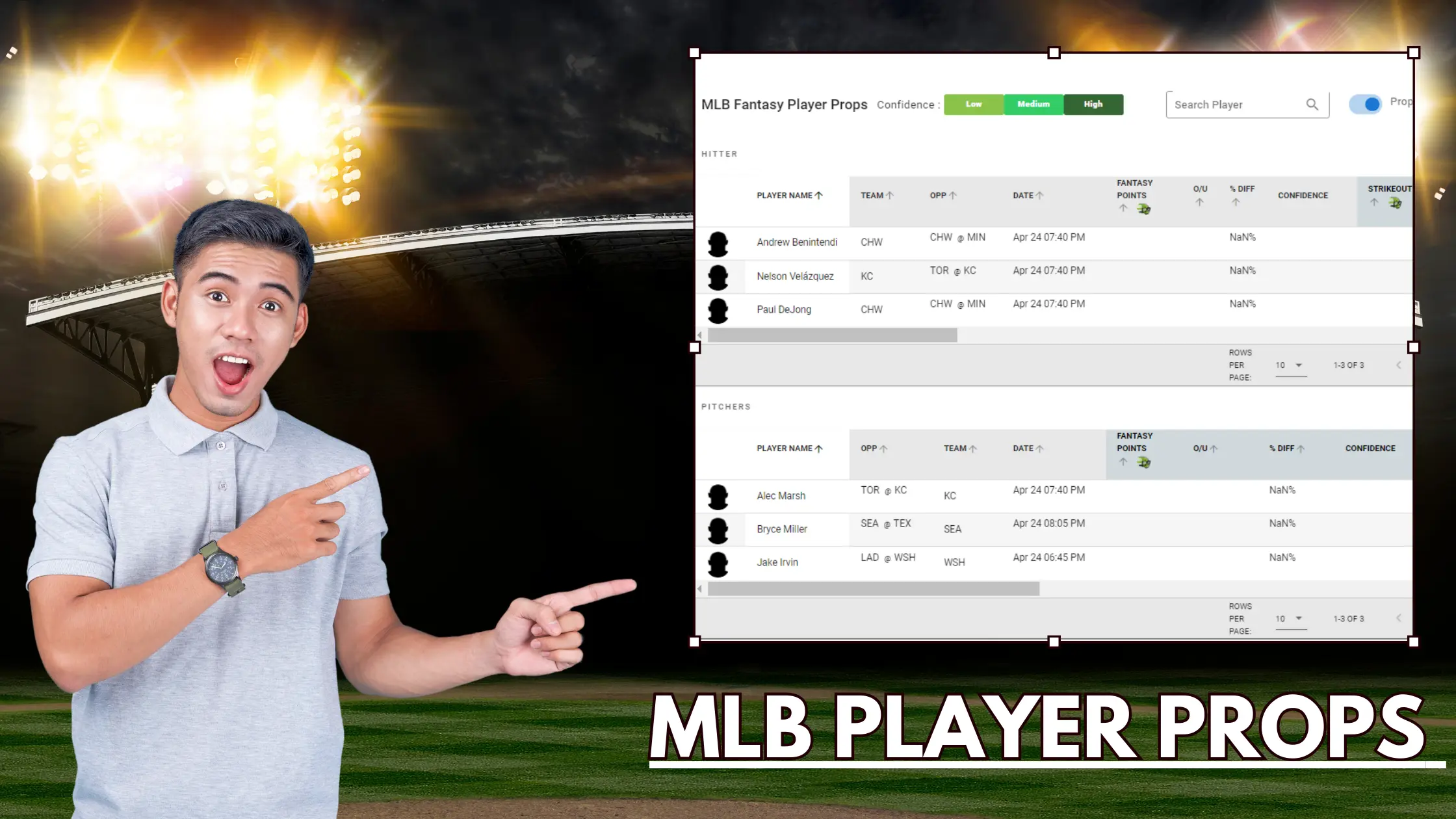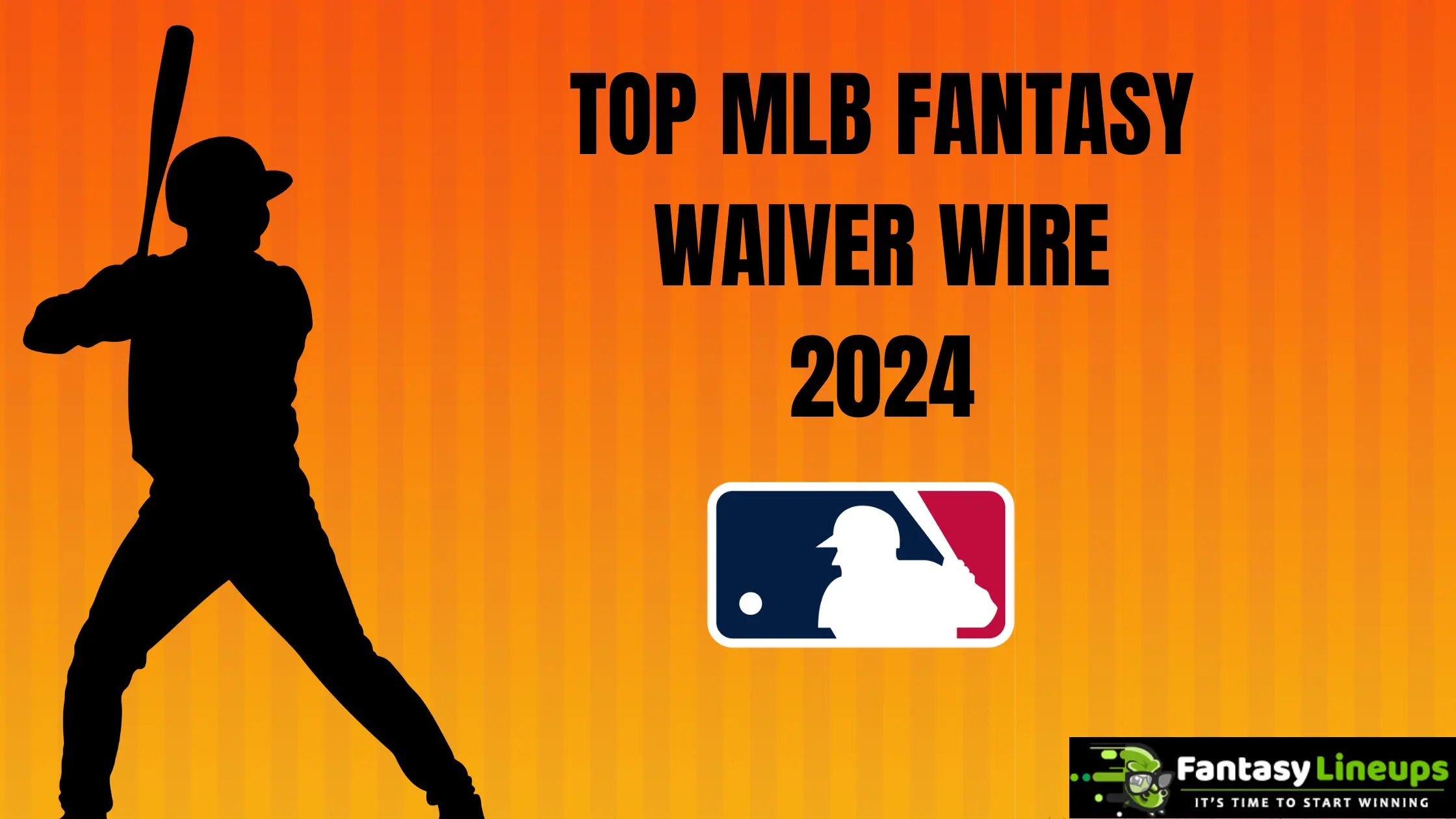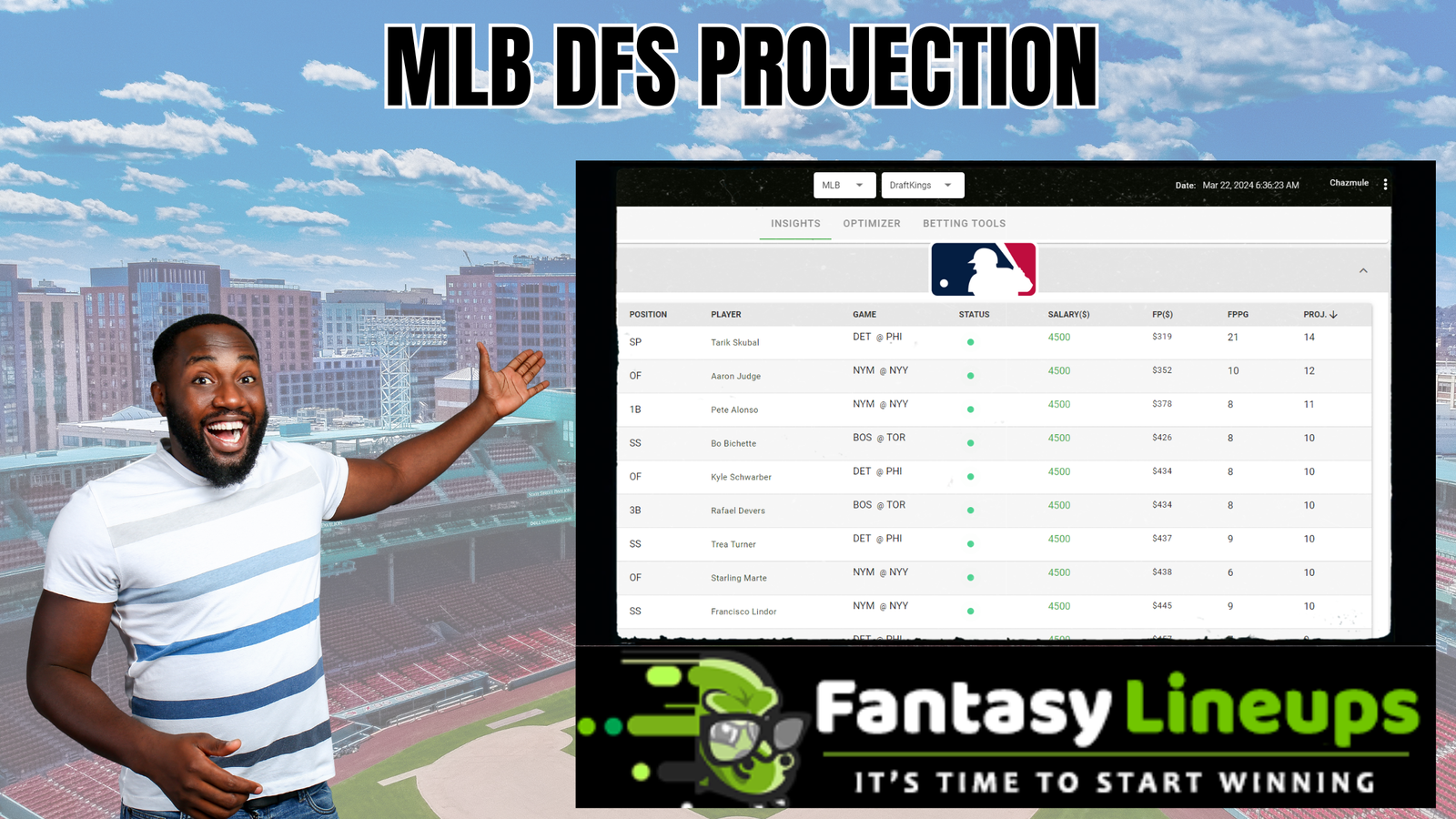Mastering MLB Optimal Lineup Construction: Advanced Strategies for Success
Diving into the art of crafting a Major League Baseball (MLB) optimal lineup reveals a captivating challenge that transcends merely selecting star athletes. This intricate process blends deep statistical analysis, strategic understanding, and a keen insight into player dynamics and matchups. For both veteran fantasy baseball managers and ardent MLB fans, this guide unveils the sophisticated strategies needed to navigate lineup optimization like a pro.
The Essence of the MLB Optimal Lineup

At the heart of forming an MLB optimal lineup lies the task that extends far beyond choosing the crème de la crème of baseball talent. It’s about conducting a strategic dissection of each player’s strengths, deciphering the complexities of batting orders, and understanding the influence of diverse ballparks and pitcher matchups on player performance. Picture a hitter known for his fastball prowess; strategically, he might be placed earlier in the lineup to capitalize on a fastball-reliant pitcher.
Pillars of a Premier MLB Lineup
Harmonizing Power and Precision: An ideal lineup strikes a balance between the game-changers who can hit homers and the consistent batters who excel in keeping the bases occupied. This combination keeps the opposing pitchers on their toes and opens up numerous scoring avenues.
Pitcher-Batter Duels: Delving into the statistics against specific pitcher types is crucial. A batter who thrives against curveballs could be the key in matchups against curveball-dominant pitchers.
Maintaining a Left-Right Harmony: Alternating between right-handed and left-handed batters can throw off a pitcher’s rhythm, reducing the efficacy of their pitching arsenal.
Versatility is Key: Having players who can adapt to multiple positions enhances lineup flexibility, allowing for strategic shifts and substitutions as the game progresses.
Elevating Your Lineup with Advanced Tactics
Leveraging Data Analytics: Modern teams turn to analytics to sculpt informed strategies. Metrics such as on-base plus slugging (OPS) and weighted on-base average (wOBA) peel back the layers of a player’s offensive contributions.
Team Splits Insight: Recognizing a player’s platoon splits can inform optimal lineup placements, especially for those with marked performance differences against left-handed versus right-handed pitchers.
Dynamic Adjustments: An optimal lineup is never static. Managers are tasked with making real-time decisions based on the current state of play, including pitcher substitutions and assessing player energy levels.
Conclusion:
Crafting the MLB optimal lineup is akin to solving a complex, ever-changing puzzle. It demands a fusion of statistical knowledge, strategic vision, and an appreciation for the game’s human aspect. By embracing these strategies, fans and managers alike can deepen their understanding of baseball’s strategic depths, enjoying the game from a profoundly enriched perspective.
FAQs
Statistical analysis plays a crucial role in constructing an MLB optimal lineup. It provides a deep dive into each player’s performance, strengths, and how they match up against opposing pitchers. Metrics like OPS and wOBA are invaluable for assessing a player’s offensive value, offering insights that go beyond traditional statistics.
Absolutely. The batting order plays a significant role in maximizing the scoring potential of a team. The strategic placement of players based on their speed, strength in hitting, and capability to score on base could make the opponent’s weaknesses visible. It’s all about creating the correct sequence of play to put pressure on the pitcher of the other team and defend, which could alter the outcome of the game.
This meticulous procedure ensures that the league is the ultimate authority regarding official starting lineups. By relying on mlb.com and the league’s data feeds, fans and followers can access the most accurate and trustworthy information regarding MLB starting lineups.
The left-right balance in the lineup is essential for disrupting the pitcher’s rhythm and making it harder for them to settle into a comfortable pitching pattern. Alternating left-handed and right-handed batters can reduce the effectiveness of the pitcher’s arsenal, mainly when they rely on specific pitches that are more or less effective against hitters of a particular handedness.
Be apprehensive that there’s a possibility for changes to be made, especially in cases where player conditions or pitching strategies are affected. Stay updated and relate to official MLB sources, Team websites, or sports news platforms for the most accurate and recent information on starting lineups
In-game adjustments are critical as they allow managers to respond to the dynamic nature of the game. Changes might be necessary due to pitcher substitutions, player fatigue, or strategic shifts in the game’s state. These adjustments ensure the lineup remains optimized for the current game conditions, enhancing the team’s chances of success.
While pitchers like Shohei Ohtani are not typically known for their hitting prowess, managers tend to minimize risk by placing them lower in the lineup. This decision allows them to limit the number of at-bats for pitchers, reducing the chances of negative impacts on offensive performance. Consequently, pitchers usually receive less action and are strategically positioned toward the end of the batting order.
Platoon splits indicate a player’s performance variance when facing left-handed versus right-handed pitching. Understanding these splits is vital for lineup optimization, as it helps determine the most favorable matchups. Inserting players based on their platoon advantages can significantly impact the game’s outcome by exploiting favorable matchups.
Batters often prioritize getting on base in the 1-2 slots, while in the 3-4 spots, the emphasis is on bringing those runners home. This strategic distribution allows teams to maximize their offensive potential.
When players move up in the batting order from the 5-6 spots to the 1-4 spots, they may be able to capitalize on their undervalued Daily Fantasy Sports (DFS) salaries. This presents potential value that savvy fantasy players should be aware of and consider when making their DFS picks. Watch for these lineup changes and exploit any potential advantages they may provide.
Player versatility allows for greater flexibility in lineup construction and in-game strategy. Players capable of performing across multiple positions can be moved around to adapt to game situations, exploit matchups, or cover for injuries and fatigue. This flexibility is invaluable for maintaining an optimal lineup throughout the game.
Batters often prioritize getting on base in the 1-2 slots, while in the 3-4 spots, the emphasis is on bringing those runners home. This strategic distribution allows teams to maximize their offensive potential.
When players move up in the batting order from the 5-6 spots to the 1-4 spots, they may be able to capitalize on their undervalued Daily Fantasy Sports (DFS) salaries. This presents potential value that savvy fantasy players should be aware of and consider when making their DFS picks. Watch for these lineup changes and exploit any potential advantages they may provide.






